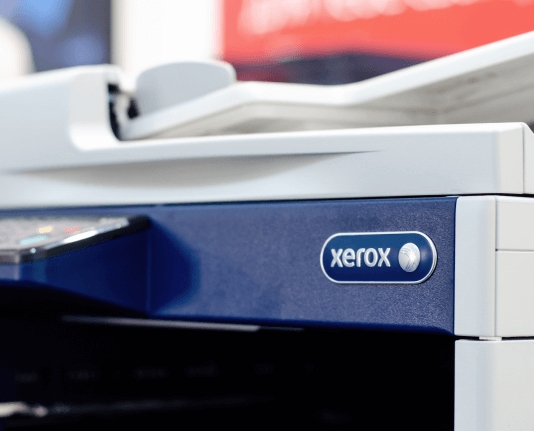Invoice Terms and Conditions Wording Examples for Enterprises Made Easy
See airSlate SignNow eSignatures in action
Choose a better solution
Move your business forward with the airSlate SignNow eSignature solution
Add your legally binding signature
Integrate via API
Send conditional documents
Share documents via an invite link
Save time with reusable templates
Improve team collaboration
Our user reviews speak for themselves






airSlate SignNow solutions for better efficiency
Why choose airSlate SignNow
-
Free 7-day trial. Choose the plan you need and try it risk-free.
-
Honest pricing for full-featured plans. airSlate SignNow offers subscription plans with no overages or hidden fees at renewal.
-
Enterprise-grade security. airSlate SignNow helps you comply with global security standards.

Invoice terms and conditions wording examples for enterprises
Creating effective invoice terms and conditions is crucial for enterprises to ensure clarity and prevent disputes with clients. Utilizing airSlate SignNow can greatly enhance this process by providing a seamless solution for document signing and management. With its numerous benefits, businesses can establish clear terms while maintaining professionalism in their communication.
Invoice terms and conditions wording examples for enterprises
- Access the airSlate SignNow website in your preferred web browser.
- Register for a free trial or log into your existing account.
- Select the document that requires signing or that you wish to send for signatures.
- If you intend to use the document again, consider saving it as a template.
- Open the document for editing: include fillable fields or relevant information as needed.
- Apply your signature and create signature areas for the recipients to sign.
- Click on Continue to prepare and dispatch an invitation for electronic signature.
AirSlate SignNow offers immense advantages, equipping businesses with a reliable and budget-friendly tool to manage document signing. Its design is user-friendly and scales easily, catering specifically to the needs of small to mid-sized enterprises.
With clear and transparent pricing, you'll find no unexpected fees or additional charges. Enjoy top-notch support around the clock with all paid plans. Experience the difference airSlate SignNow can make for your enterprise today!
How it works
Get legally-binding signatures now!
FAQs
-
What are invoice terms and conditions wording examples for enterprises?
Invoice terms and conditions wording examples for enterprises refer to standardized language used in invoices that clearly outlines payment terms, responsibilities, and penalties for late payments. These examples help ensure all parties are aware of their obligations and can prevent disputes. -
How can airSlate SignNow help with invoice terms and conditions?
airSlate SignNow provides customizable templates that allow enterprises to easily incorporate invoice terms and conditions wording examples. This ensures that your invoicing process is streamlined, professional, and legally compliant. -
Are there any pricing options for using airSlate SignNow for invoices?
Yes, airSlate SignNow offers various pricing tiers to accommodate different business needs, including features specifically tailored for managing invoice terms and conditions. This flexible pricing structure allows enterprises to choose the plan that best suits their invoicing requirements. -
What features does airSlate SignNow offer for managing invoices?
airSlate SignNow includes features like customizable invoice templates, eSignature capabilities, and automated reminders. These features help businesses effectively manage invoice terms and conditions wording examples while enhancing their overall invoicing process. -
How does airSlate SignNow benefit enterprises in terms of invoicing?
By using airSlate SignNow, enterprises can improve their invoicing efficiency with quick eSignatures and automated workflows. This not only streamlines the invoicing process but also ensures that invoice terms and conditions wording examples are consistently applied across all documents. -
Can I integrate airSlate SignNow with my existing software?
Yes, airSlate SignNow supports integrations with various third-party applications, making it easy for enterprises to connect their existing systems. This allows for seamless use of invoice terms and conditions wording examples within your current workflows. -
Is airSlate SignNow secure for handling financial documents?
Absolutely! airSlate SignNow prioritizes security, using advanced encryption and compliance measures to ensure the safe handling of financial documents like invoices. This gives enterprises peace of mind that their invoice terms and conditions wording examples are protected.
What active users are saying — invoice terms and conditions wording examples for enterprises
Related searches to Invoice terms and conditions wording examples for enterprises made easy
Get more for invoice terms and conditions wording examples for enterprises
- Forwarder Cargo Receipt Format in Word
- Get Your Free Blank Invoice Template Printable
- Get Your Free Business Receipt Template
- Get Your Free Cash Receipt Instantly
- Create Your Free Commercial Invoice
- Get Your Free Contractor Estimate and Invoice Software
- Get Your Free e Receipt Instantly
- Get Your Free Generic Invoice Template
Find out other invoice terms and conditions wording examples for enterprises
- Unlock eSignature Licitness for IT in Canada with ...
- Unlock eSignature Licitness for IT in European Union
- Unlock eSignature Licitness for IT in India with ...
- ESignature Licitness for IT in United Kingdom: ...
- Unlocking eSignature Licitness for IT in UAE
- ESignature licitness for Legal in Mexico
- Unlock the Power of Legal eSignatures in Australia with ...
- ESignature Licitness for Legal in United States: ...
- Unlock the Power of eSignature Licitness for Legal in ...
- ESignature Licitness for Legal in European Union
- Unlock the Power of eSignature Licitness for Legal in ...
- Esignature Licitness for Legal in United Kingdom - ...
- Empower Your Legal Transactions with eSignature ...
- ESignature Licitness for Procurement in Mexico
- Unlock the Power of eSignature Licitness for ...
- Unlocking eSignature Licitness for Procurement in the ...
- Boost eSignature Licitness for Procurement in European ...
- Unlock the Power of eSignature Licitness for ...
- Unlocking the Power of eSignature Licitness for ...
- Unlock the Power of eSignature Licitness for ...



























